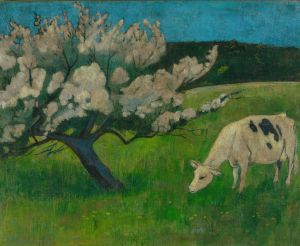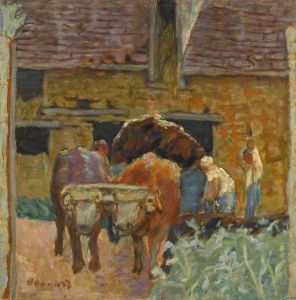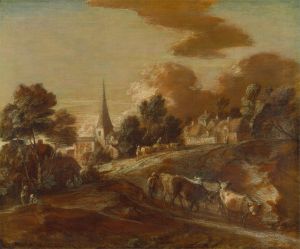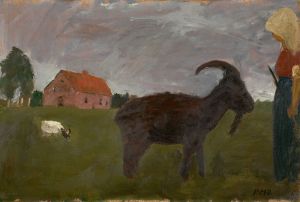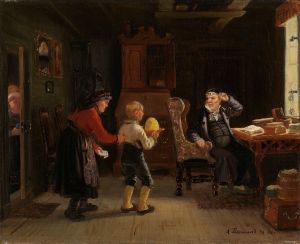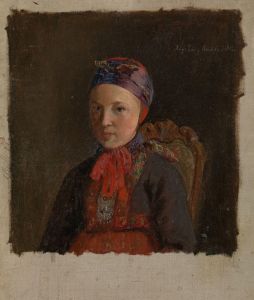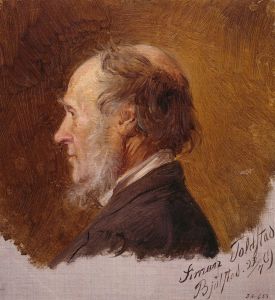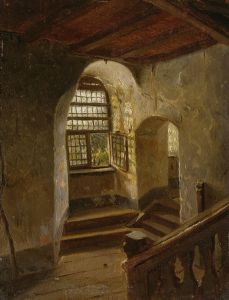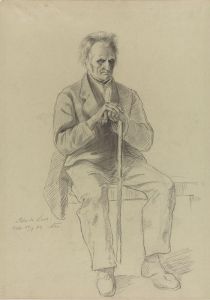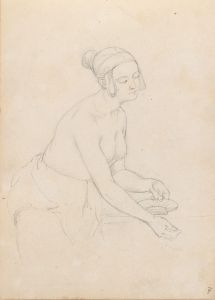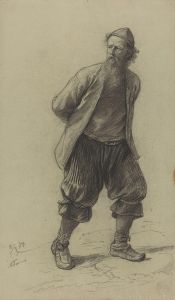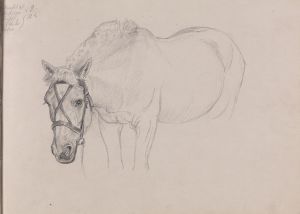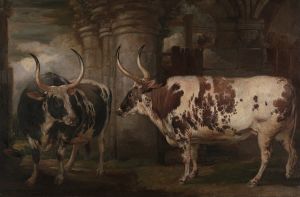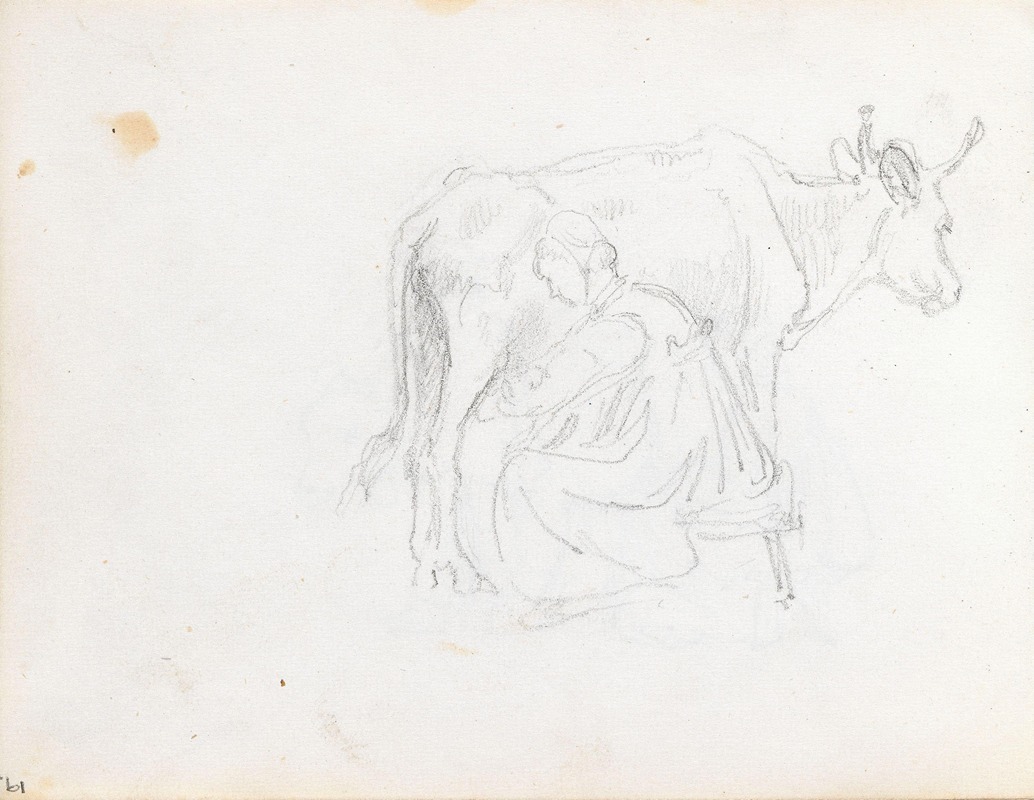
Kvinne som melker en ku
A hand-painted replica of Adolph Tidemand’s masterpiece Kvinne som melker en ku, meticulously crafted by professional artists to capture the true essence of the original. Each piece is created with museum-quality canvas and rare mineral pigments, carefully painted by experienced artists with delicate brushstrokes and rich, layered colors to perfectly recreate the texture of the original artwork. Unlike machine-printed reproductions, this hand-painted version brings the painting to life, infused with the artist’s emotions and skill in every stroke. Whether for personal collection or home decoration, it instantly elevates the artistic atmosphere of any space.
Adolph Tidemand was a prominent Norwegian painter in the 19th century, known for his detailed and culturally rich depictions of Norwegian life and traditions. One of his works, "Kvinne som melker en ku" (translated as "Woman Milking a Cow"), exemplifies his focus on rural life and the everyday activities of Norwegian people during this period.
Adolph Tidemand was born on August 14, 1814, in Mandal, Norway. He studied art in Copenhagen and later in Düsseldorf, Germany, which was a significant center for art education at the time. Tidemand became associated with the Düsseldorf School of painting, which was known for its detailed and realistic style. His works often depicted Norwegian folk life, customs, and landscapes, capturing the essence of Norway's national identity during a time of growing national consciousness.
"Kvinne som melker en ku" is a painting that reflects Tidemand's interest in rural Norwegian life. The painting portrays a woman engaged in the everyday task of milking a cow, a common scene in the agrarian society of 19th-century Norway. This subject matter is consistent with Tidemand's broader oeuvre, which frequently focused on the lives of farmers, fishermen, and other rural inhabitants.
The painting is characterized by its attention to detail and realistic portrayal of the scene. Tidemand's use of color and light helps to create a sense of intimacy and immediacy, drawing the viewer into the world of the subject. The woman's clothing and the setting are depicted with accuracy, reflecting the traditional attire and environment of the time. This attention to detail is a hallmark of Tidemand's work and contributes to the historical value of his paintings as records of Norwegian culture and society.
Tidemand's work, including "Kvinne som melker en ku," played a significant role in the development of Norwegian national romanticism. This movement sought to celebrate and preserve the unique cultural heritage of Norway, which was gaining importance as the country sought independence from Swedish rule. Through his art, Tidemand helped to foster a sense of national pride and identity by highlighting the beauty and dignity of everyday life in Norway.
The painting is part of Tidemand's broader legacy, which includes numerous works that have been celebrated for their contribution to Norwegian art and culture. His paintings are held in high regard and can be found in various museums and collections, both in Norway and internationally. Tidemand's influence extends beyond his lifetime, as he remains a key figure in the history of Norwegian art.
In summary, "Kvinne som melker en ku" by Adolph Tidemand is a significant work that captures the essence of rural Norwegian life in the 19th century. Through his detailed and realistic portrayal of everyday scenes, Tidemand contributed to the preservation and celebration of Norway's cultural heritage, making him an important figure in the national romantic movement and the history of Norwegian art.





